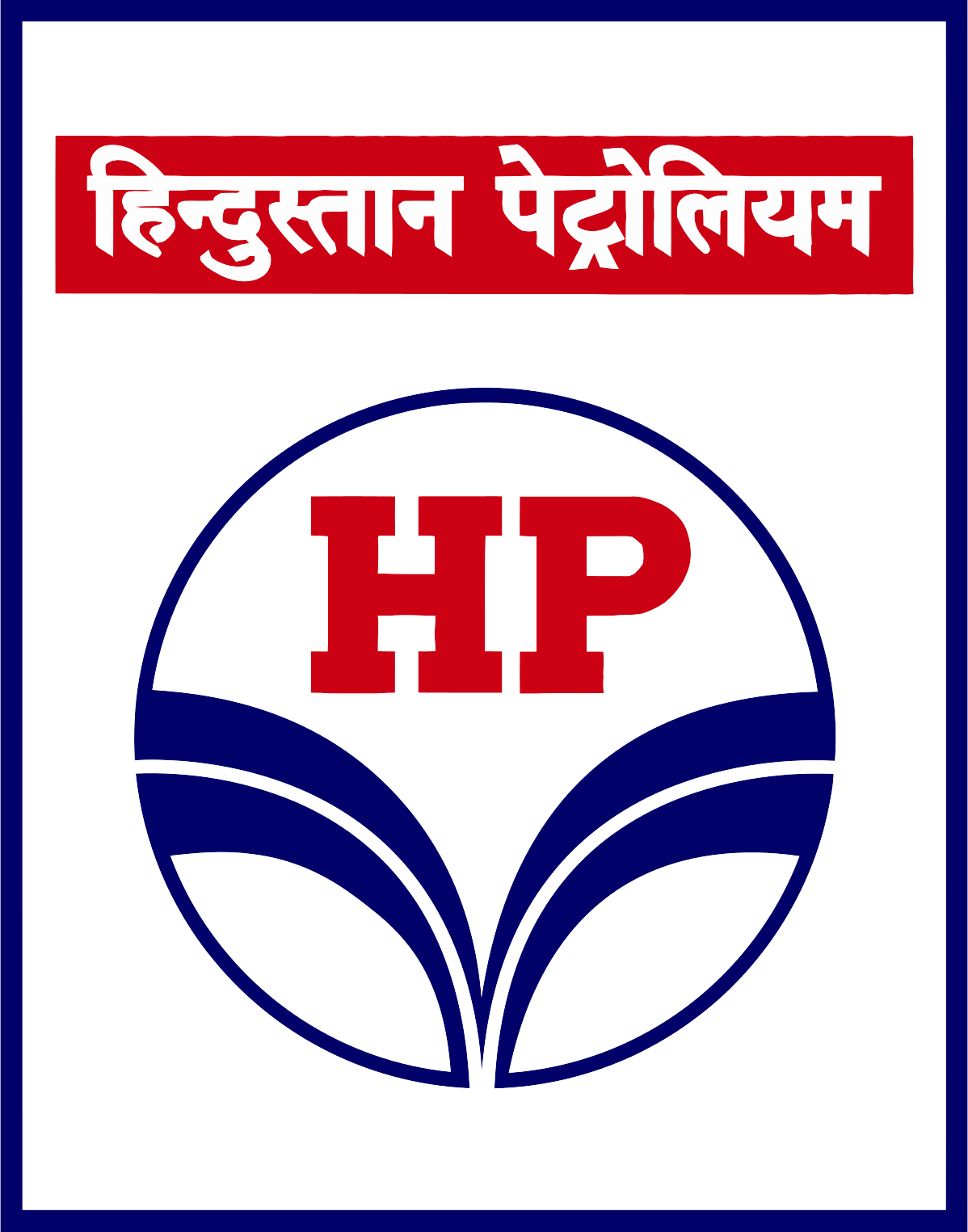How to make eLearning Instructional Design Course
Creating an eLearning instructional design course requires a clear understanding of the relationship between instructional design and eLearning. Although they share similarities, they are distinct disciplines. Here, we’ll explore the key differences and how to develop a course that encompasses both aspects.
Distinguishing Instructional Design and eLearning:
Instructional Design’s Role: Instructional design is the foundation of eLearning courses. It involves crafting effective instructions and educational content to facilitate learning.
eLearning’s Comprehensive Nature: eLearning courses go beyond instructional design. They encompass various elements such as content creation, multimedia integration, platform development, and more.
Specialized Expertise: Designing eLearning programs demands expertise in instructional design, but it also requires additional skills like content creation, multimedia production, and platform management.
Expert Involvement: Professional instructional designers are crucial for crafting effective instructional content. They possess the knowledge and experience to ensure an engaging and educational eLearning experience.
Target Audience: eLearning primarily serves educational purposes, catering to students and learners. Instructional design, on the other hand, is often tailored for employees in corporate settings.
Mutual Dependence: Instructional design serves as the core of any eLearning course, but eLearning encompasses a broader spectrum of activities.
eLearning’s Comprehensive Nature: eLearning courses go beyond instructional design. They encompass various elements such as content creation, multimedia integration, platform development, and more.
Specialized Expertise: Designing eLearning programs demands expertise in instructional design, but it also requires additional skills like content creation, multimedia production, and platform management.
Expert Involvement: Professional instructional designers are crucial for crafting effective instructional content. They possess the knowledge and experience to ensure an engaging and educational eLearning experience.
Target Audience: eLearning primarily serves educational purposes, catering to students and learners. Instructional design, on the other hand, is often tailored for employees in corporate settings.
Mutual Dependence: Instructional design serves as the core of any eLearning course, but eLearning encompasses a broader spectrum of activities.
Developing an eLearning Instructional Design Course:
To create an eLearning instructional design course, consider the following steps:
Define Your Course Objectives: Determine the specific learning outcomes and goals of your course. What skills or knowledge do you want participants to acquire?
Content Creation: Develop instructional content that aligns with your objectives. Focus on creating engaging and informative materials.
Multimedia Integration: Incorporate multimedia elements like videos, animations, and interactive simulations to enhance the learning experience.
Platform Development: Build or choose a suitable eLearning platform or Learning Management System (LMS) to deliver your course.
Instructional Design Techniques: Teach your participants about the principles of instructional design, covering topics like needs analysis, learning theories, and assessment methods.
Programming and Management Skills: Introduce programming and management skills as part of your course, emphasising their importance in the eLearning industry. Hands-On Projects: Include practical assignments or projects that allow participants to apply what they’ve learned in real-world scenarios.
Expert Involvement: Encourage collaboration with experienced instructional designers or eLearning professionals to offer insights and guidance.
Define Your Course Objectives: Determine the specific learning outcomes and goals of your course. What skills or knowledge do you want participants to acquire?
Content Creation: Develop instructional content that aligns with your objectives. Focus on creating engaging and informative materials.
Multimedia Integration: Incorporate multimedia elements like videos, animations, and interactive simulations to enhance the learning experience.
Platform Development: Build or choose a suitable eLearning platform or Learning Management System (LMS) to deliver your course.
Instructional Design Techniques: Teach your participants about the principles of instructional design, covering topics like needs analysis, learning theories, and assessment methods.
Programming and Management Skills: Introduce programming and management skills as part of your course, emphasising their importance in the eLearning industry. Hands-On Projects: Include practical assignments or projects that allow participants to apply what they’ve learned in real-world scenarios.
Expert Involvement: Encourage collaboration with experienced instructional designers or eLearning professionals to offer insights and guidance.
Conclusion
In conclusion, our eLearning development and instructional course design company stands out for our proficiency in harmonising instructional design principles with cutting-edge eLearning technologies. If you’re seeking expert guidance and unwavering support in eLearning course design , don’t hesitate to get in touch with our dedicated team. Together, we can elevate your eLearning initiatives to new heights.
Work Delivered For








2005
WORKING SINCE

500
GLOBAL CLIENTS

100
LMS DEVELOPED

2000
ECOURSES DESIGNED
Get in Touch with Our Experts
Contact Us


